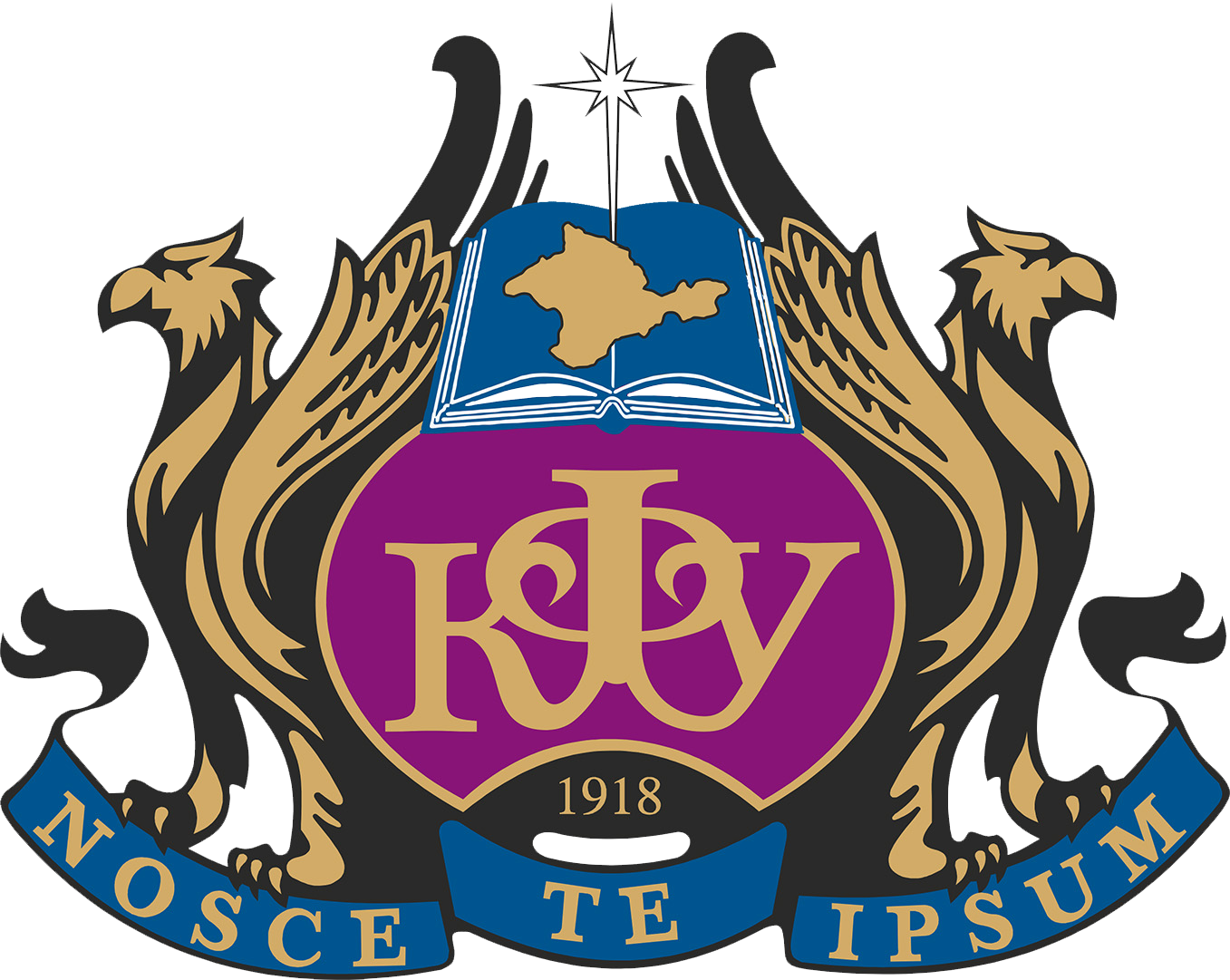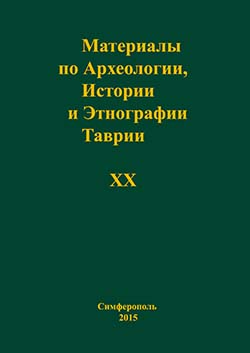The analysis of new archival data is the background to address the features of the late-eighteenth-century defensive structures located on the Taman and Crimean Peninsulas. The new sources introduced into the scholarship supply a more complete picture of the fortification sites located on the Crimean and Taman Peninsulas. This article focuses on the features of the defensive structures of the fortification ensembles in question. Especially interesting is the Vice Admiral Mordvinov’s report calling the empress’s attention to the cost to be paid for the construction of this or that fortification. The most expensive items of this estimate were related to the fort at the entrance to the Dnieper estuary, the fortifications of Sevastopol, and the fortress of Fanagoria. It was planned to build a new coastal artillery battery instead of Pavlovskaia and Aleksandrovskaia batteries to control the Strait of Kerch. The document supplies a specific list of the materials and tools necessary for the work in alphabetical order and shows the norms of payment for labour costs for certain works, taking into account their intensity and workers’ qualifications. Among the workers, there was a group of the so-called “workmen”: masons, blacksmiths, carpenters, sod-layers, and others, paid with 12 kopecks per day. There was a special category of unskilled workers, or rabotnye liudi, paid with 10 kopecks per day on the average. The introduction of the new archival documents into the scholarly circulation allows to understand the history of the forts in the Azov and Black Sea Area and, generally, the development level of Russian military engineering in the period under study.
Crimea, Taman, fortress, fortifications, bastion, archive
1. Arhiv Gosudarstvennogo byudzhetnogo uchrezhdeniya kul'tury «Gosudarstvennyy memorial'nyy muzey A. V. Suvorova». D. 2028.982.
2. Arhiv Gosudarstvennogo byudzhetnogo uchrezhdeniya Respubliki Krym «Vostochno-Krymskiy istoriko-kul'turnyy muzey-zapovednik». NVF 17517. Plan kreposti Kerchi s forshtadtom i blizhneyu situaciey,
3. Arhiv Gosudarstvennogo byudzhetnogo uchrezhdeniya Respubliki Krym «Vostochno-Krymskiy istoriko-kul'turnyy muzey-zapovednik». NVF 17517. Plan kreposti Eni-Kale.
4. RGVIA. F. 418. Op. 1. D. 716. Atlas planov i profiley polevyh ukrepleniy (fel'dshancev) v Krymu i ih okrestnostey, 1778 g.
5. RGVIA. F. 349. Op. 18. D. 12. Sravnitel'naya vedomost' krepostyam Rossiyskoy imperii po sostoyaniyu na 1724, 1730, 1763, 1797 i 1803 gg.
6. Belik Yu.L. Oboronitel'nye sooruzheniya na territorii Krymskogo poluostrova nakanune russko-tureckoy voyny 1768-1774 gg. // MAIET. 2023. Vyp. XXVIII. S. 576–589.
7. Gercen A.G. Plan Simferopolya s avtografom A. V. Suvorova // // MAIET. 2023. Vyp. XXVIII. S. 598–616.
8. Smekalova T.N., Belik Yu.L. A.V. Suvorov i prisoedinenie Kryma k Rossii. Istoriya zabytyh krepostey. SPb.: Aleteyya, 2016. 228 s.
9. Skorikov Yu.A. Sevastopol'skaya krepost'. SPb.: Stroyizdat, 1997. 320 s.
10. Ioher A. Kratkiy uchebnik dolgovremennoy fortifikacii. SPb., 1889. 147 s.
11. Telyakovskiy A.Z. Dolgovremennaya fortifikaciya. SPb., 1855. Ch. II. 359 s.
12. Timofeenko V.I. Goroda Severnogo Prichernomor'ya vo vtoroy polovine XVIII veka. Kiev: Naukova dumka, 1984. 219 s.





